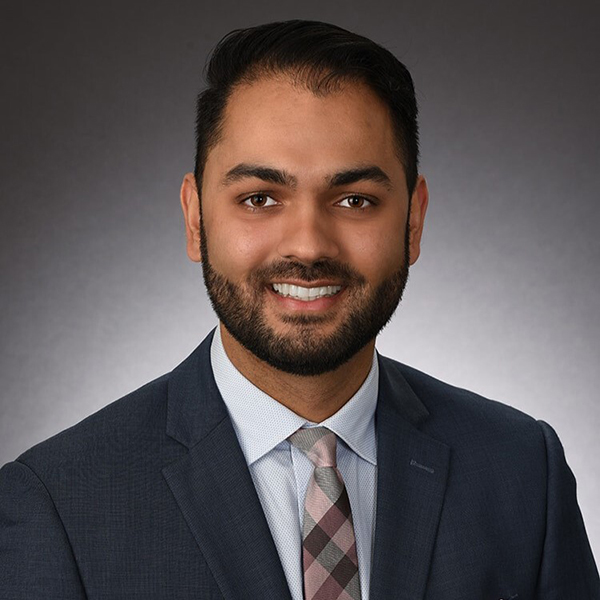There are a variety of ancillary procedures available to GI practices, most of which are relatively easy to perform and can help diversify the practice, thus improving patient access to these procedures and the revenue stream. Advanced practice providers can perform most of these procedures, freeing the gastroenterologist to focus on more complex endoscopic procedures. (Please note this article will not discuss in-office endoscopy.)
Capsule Endoscopy
This is a noninvasive procedure in which a patient swallows a small pill-sized camera that takes images at a rate of two to 10 images per second, depending on the type of capsule and motility/location. There are different types of capsules available on the market, and the battery life of these capsules is eight to 10 hours. Most of these do not require collecting the capsule; however, one product requires retrieving the capsule from the stool, which is then sent to the company for image download that can be reviewed remotely.
While most payors reimburse capsule endoscopy well, many commercial insurances and HMOs require prior authorization.
Hemorrhoid Banding
Hemorrhoids are an extremely common cause of GI bleeding and anorectal pain. There are various types of bands available on the market. These are disposable and relatively easy to use in the office. Hemorrhoid banding is reimbursed by most insurance but might require prior authorization from some HMOs.
High-Resolution Esophageal Manometry
High-resolution manometry can be performed in the office setting with proper training, is reimbursed by Medicare and most insurance and can save the patient the cost of a hospital-based procedure. High-resolution manometry requires specialized training to perform and interpret the procedure.
Anorectal Manometry
Anorectal manometry does not require investment in capital equipment, as high-resolution manometry can be used for anorectal manometry as well; however, it does require an investment of probes. Currently, these probes are reusable, but disposable probes are on the horizon.
Ultrasonic Elastography/FibroScan
Ultrasonic elastography and FibroScan are noninvasive tests used to evaluate the liver for fibrosis and fatty infiltration. These tests require a one-time purchase of capital equipment. There are no recurring costs because of the high volume of patients with MASLD and MASH. This can be a useful revenue stream within a matter of one to two years, and with the arrival of a drug for patients with MASH fibrosis, this technology will be utilized even more often.
Hydrogen Breath Test and Other Breath Tests
This is a relatively simple noninvasive test that can be performed in the office and help diagnose SIBO, lactose deficiency, and fructose deficiency. Urea breath tests can also help diagnose Helicobacter pylori. With proper documentation, most insurance providers reimburse this test.
Esophageal pH Monitoring
Esophageal ambulatory pH monitoring requires the availability of endoscopy to measure the GE junction, which is often performed if in-office endoscopy is available. Typically, this procedure is performed in an endoscopy lab. Catheter-based 24-hour pH monitoring is available; however, this is commonly performed in tertiary centers only.
By taking a strategic approach to the implementation of these services, GI practices can diversify their revenue streams and strengthen their position in the health care market.
 | Rahil Desai, DO, resident physician, Franciscan Health, Olympia Fields, Illinois
|
 | Navkiran Randhawa, DO, resident physician, Augusta University, Augusta, Georgia
|
 | Kamran Ayub, MD, FASGE, medical director, Advanced Endoscopy Center, Silver Cross Hospital, New Lenox, Illinois, and Oak Lawn Endoscopy, Oak Lawn, Illinois |